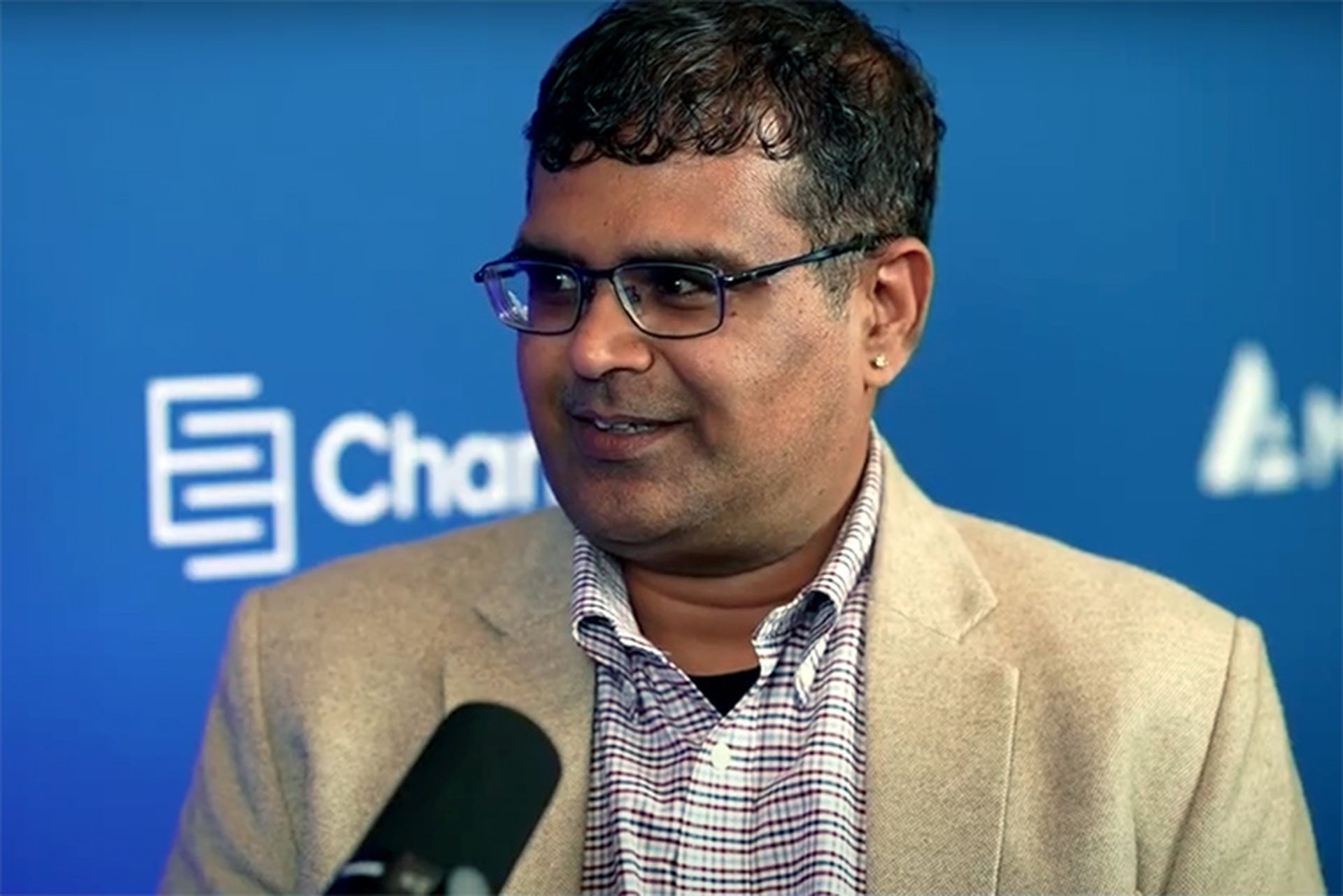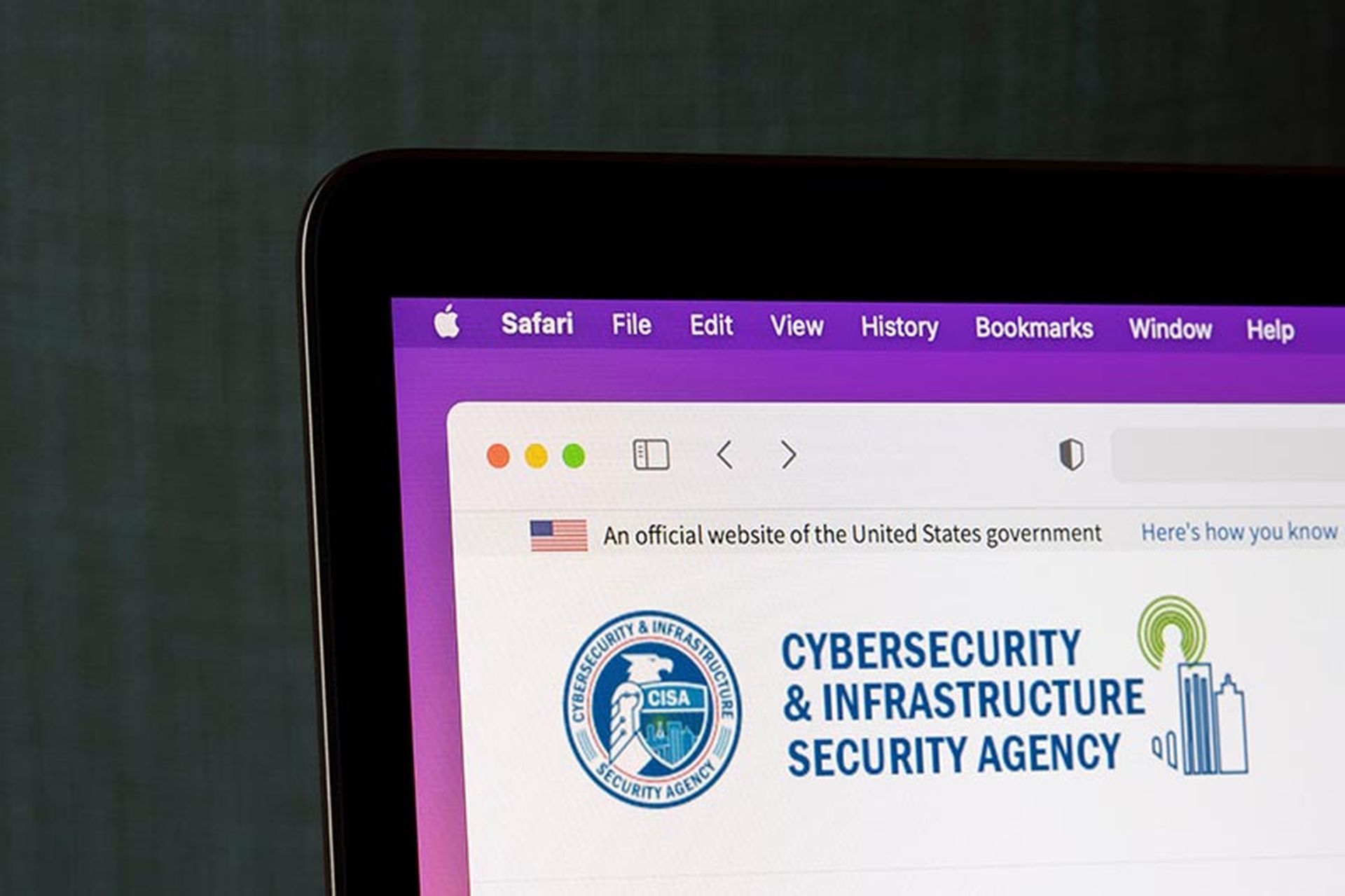COMMENTARY: The recent news that funding
may not have been renewed for the government's Common Vulnerabilities and Exposures (CVE) program managed by MITRE sent ripples of concern through the cybersecurity community.
While some might view this as
a mere contract lapse, the implications are anything but minor. The CVE system isn’t just another database on the web: it’s the standard reference point through which the security industry collectively identifies, discusses, and responds to threats.
[
SC Media Perspectives columns are written by a trusted community of SC Media cybersecurity subject matter experts. Read more Perspectives here.]
I’ve seen firsthand the confusion that occurs when vulnerability data becomes fragmented. Without a unifying taxonomy, vendors can quickly fall into using ad hoc or proprietary naming conventions. Security pros rely on unique identifiers to avoid mixing up vulnerabilities, missing important patches, or duplicating incident response efforts. The CVE program has been that anchor for years, ensuring that we’re speaking a common language when a new exploit or zero-day surfaces.
Even though MITRE’s
contract has been extended 11 months, there’s still some concern in the industry. If MITRE no longer had the federal funding to continue CVE support at any future point, it would send shockwaves through the entire cybersecurity ecosystem. CVE identifiers are the “Rosetta Stone” for security teams around the globe. They let everyone speak the same language when tracking threats and prioritizing patches. Without this universal standard, we’d see vendors defaulting to their own naming conventions, creating even more chaos and confusion than we already have.
For organizations, the loss of a single, authoritative reference point for vulnerabilities would make it far harder to keep pace with emerging threats — especially as adversaries continue innovating at breakneck speeds. Security practitioners thrive on accurate, reliable data that they can quickly translate into action. When that data gets fragmented or lacks a common framework, defenders lose precious time and visibility.
Ultimately, the CVE program doesn’t only serve the researchers or the vendors. It keeps the industry aligned so that when a vulnerability hits, everyone knows what it is, where to find it, and how to fix it. Ending CVE support overnight means unraveling that alignment — and it’s the defenders on the front lines who would feel the pain first. Surely our adversaries wouldn't just sit around waiting for us to make our next move!
AI has a role to play
It’s easy to assume that in an age of advanced technologies — particularly artificial intelligence (AI) — a gap in CVE maintenance could be seamlessly replaced. The beauty of AI lies in its speed, scale, and pattern recognition capabilities — it’s already transforming everything from threat detection to zero-day discovery.
If MITRE were to halt the CVE program, there’s undoubtedly room for AI-driven products to pick up some slack. Tools could ingest diverse threat feeds, vendor advisories, and even social media chatter, then auto-generate vulnerability identifiers and severity assessments in real-time.
That said, AI alone isn’t a panacea. Remember the CVE functions as a standardizing process: it’s about creating consensus around naming and describing issues so every stakeholder can speak the same language. Even if an AI engine can identify and label a new vulnerability in minutes, we’d still need an accepted, centralized authority to finalize and distribute those identifiers to the community.
So yes, there’s an opportunity for AI to streamline and possibly revolutionize how vulnerabilities are classified, correlated, and communicated. But without a recognized governance body — like MITRE or a similarly trusted coalition — to unify and validate those AI-driven identifiers, we risk splintering back into siloed naming schemes.
AI might become a critical component of next-generation vulnerability management, but any large-scale replacement to the CVE program also needs centralized stewardship to keep the industry in lockstep.
The issue isn’t just about technical references. CVEs play a major role in compliance, auditing, and broader risk management frameworks. Many regulations and security certifications reference CVEs in their guidelines, ensuring that organizations can demonstrate they’ve responded to known vulnerabilities in a systematic way. A sudden discontinuation or disruption in CVE administration jeopardizes that chain of trust, injecting unnecessary uncertainty into audits and compliance reporting.
Moreover, the broader cybersecurity community has come to rely on the stability of the CVE program for vulnerability disclosure coordination. When researchers discover a flaw, their path to responsible disclosure often involves working with a CVE Numbering Authority (CNA). This structured approach ensures that vendors can prepare patches, while end-users get timely warnings through a universal reference.
If the umbrella that ties CNAs together ceases to exist, it becomes far more challenging to maintain consistent procedures. Different CNAs might invent slightly diverging policies and formats, creating yet another layer of confusion.
The question then becomes: who steps up if MITRE’s contract ever truly ends without renewal? Several scenarios exist. A private-sector coalition could assume responsibility, though questions of bias and neutrality might arise. A global consortium of existing CNAs could also take the lead, but they would need robust governance to ensure alignment.
One point is clear: if we allow the CVE program to slip away without a viable alternative, we risk leaving organizations unprepared and less secure.
Although this most recent funding crisis has been resolved, we don't really have that much time. In a domain where new threats appear daily, any delay can be costly. The security community is notoriously collaborative — competing vendors frequently share threat intelligence for the greater good, and that collaboration relies heavily on having consistent references. Should the official CVE repository go dormant, it will force security teams to chase multiple sources to confirm if they’re even talking about the same vulnerability. That’s a recipe for slower patch cycles and more successful attacks.
Ultimately, this isn’t just MITRE’s problem or a government funding oversight. It’s an industrywide concern because of how fundamental CVEs have become to our shared defense posture. The possibility of losing MITRE’s direct oversight should prompt us all — government agencies, private companies, and security practitioners alike — to push for a solution before funding expires for good. We can’t afford to lose the single source of truth that CVEs deliver at a time when cyber threats have never been more persistent or more sophisticated.
It’s time for those of us on the leading edge of AI innovation to work together to strengthen the resilience of our critical cybersecurity infrastructure, of which the CVE program has become an integral part.
The funding tremors we’ve just been through are a wake-up call.
Carolyn Crandall, chief marketing officer, AirMDRSC Media Perspectives columns are written by a trusted community of SC Media cybersecurity subject matter experts. Each contribution has a goal of bringing a unique voice to important cybersecurity topics. Content strives to be of the highest quality, objective and non-commercial.




